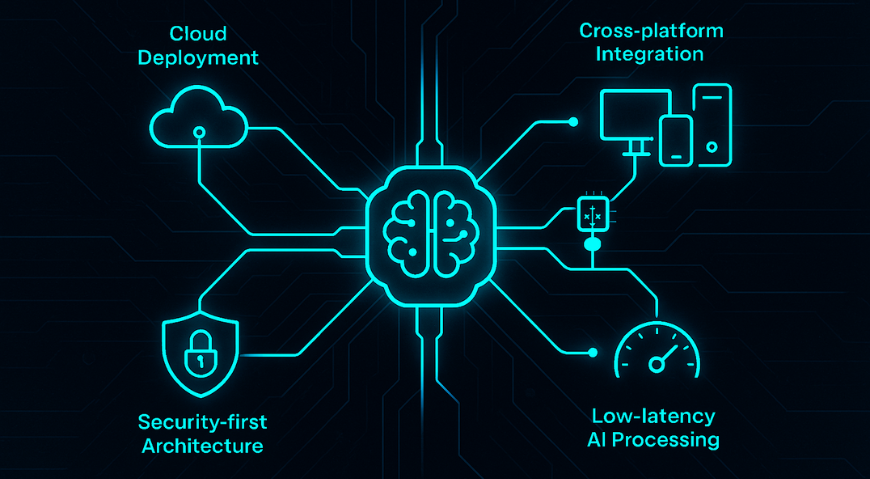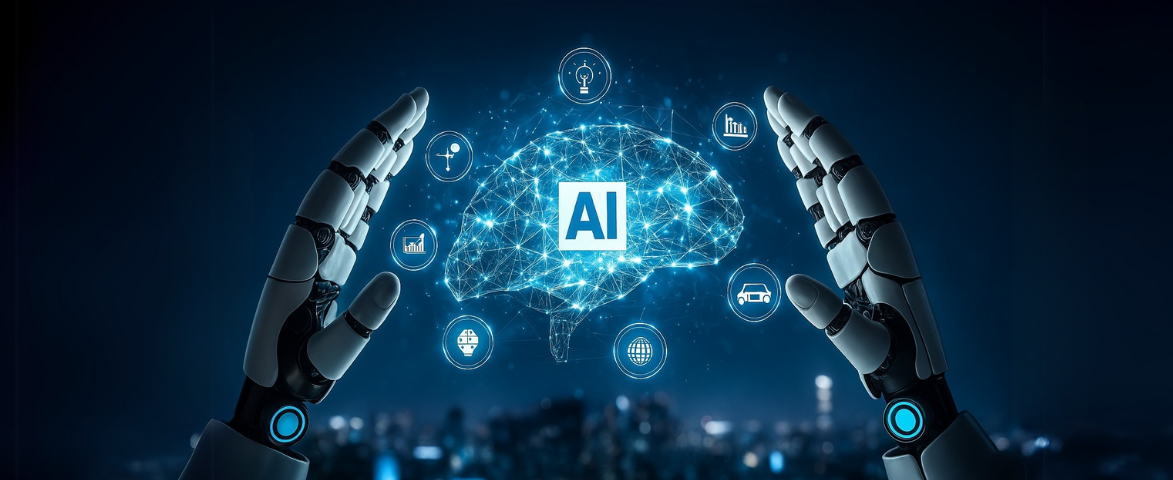Get to Know the Project – Overview & Highlights
AI and ML are revolutionizing business processes. From automating workflows to predicting customer behavior, these tools drive innovation and enhance efficiency. This article explores how smart systems are helping businesses stay competitive in a digital-first world.
Building the AI Business Workflow
The integration of AI into daily business tasks improves accuracy and decision-making. This section breaks down how companies use machine learning to optimize core operations and customer interactions.
- AI-based automation for workflow efficiency
- Predictive models improving business planning
- Smart assistants for customer support
- Real-time data analysis and reporting
- Forecasting demand with AI algorithms

Defining the Application Strategy
It’s essential to decide how AI will fit within your existing systems. Whether you build from scratch or integrate into current platforms, defining a clear vision is crucial.
Developing a Scalable Infrastructure
As businesses grow, so should their AI systems. Scalability ensures performance remains consistent even under increased loads or complex operations.
- Cloud deployment for flexibility
- Scalable APIs for modular growth
- Security-first architecture
- Cross-platform integration
- Minimal latency in AI processing

Final Design and Deployment
Once systems are tested and refined, the final rollout focuses on delivering consistent value to end users. Continuous feedback and updates help fine-tune the solution.
- Deploying in production environments
- Monitoring for errors and anomalies
- Gathering live user feedback
- Rolling updates for performance tuning
- Documenting systems for internal teams







